Archaeornithomimus
Name Origin
Ancient Bird Mimic
Family
Ornithomimidae
Classification
Diapsida, Saurischia, Theropoda
Habitat (Discovery Location)
China
Period
Approximately 95 million years ago (Late Cretaceous)
Length
Approximately 3 meters
Weight
Approximately 50 kilograms
Diet
Omnivore
 Jurassic
Jurassic
Park / World Featured Dinosaur
Appearance in Jurassic World
It does not appear as a living creature in the film.
The dinosaur's only "appearance" is during a conversation between the main characters, Owen and Claire. It is simply a moment where Claire, referencing the park's dinosaurs, mentions the name "Archaeornithomimus" as an example of a difficult name to pronounce.
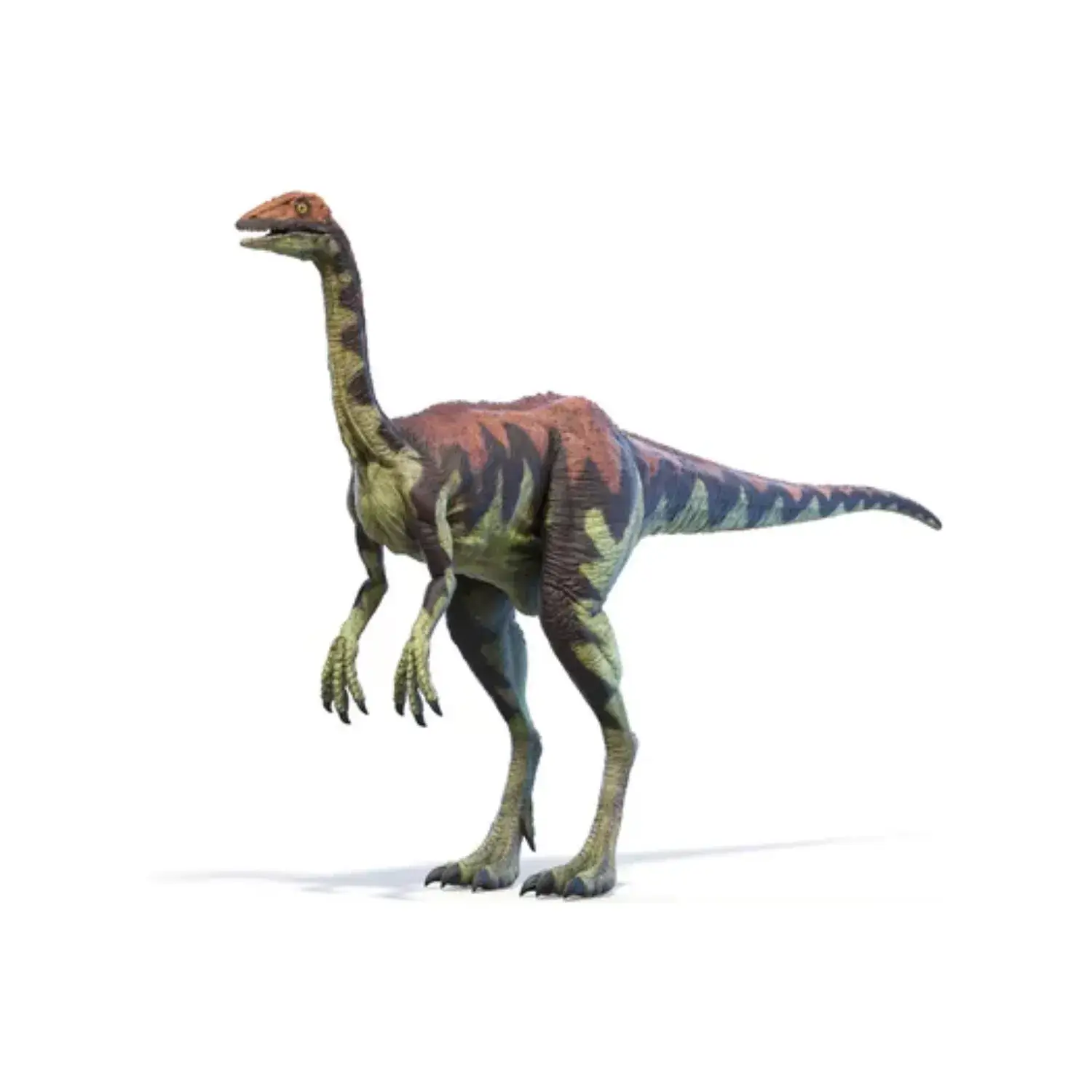
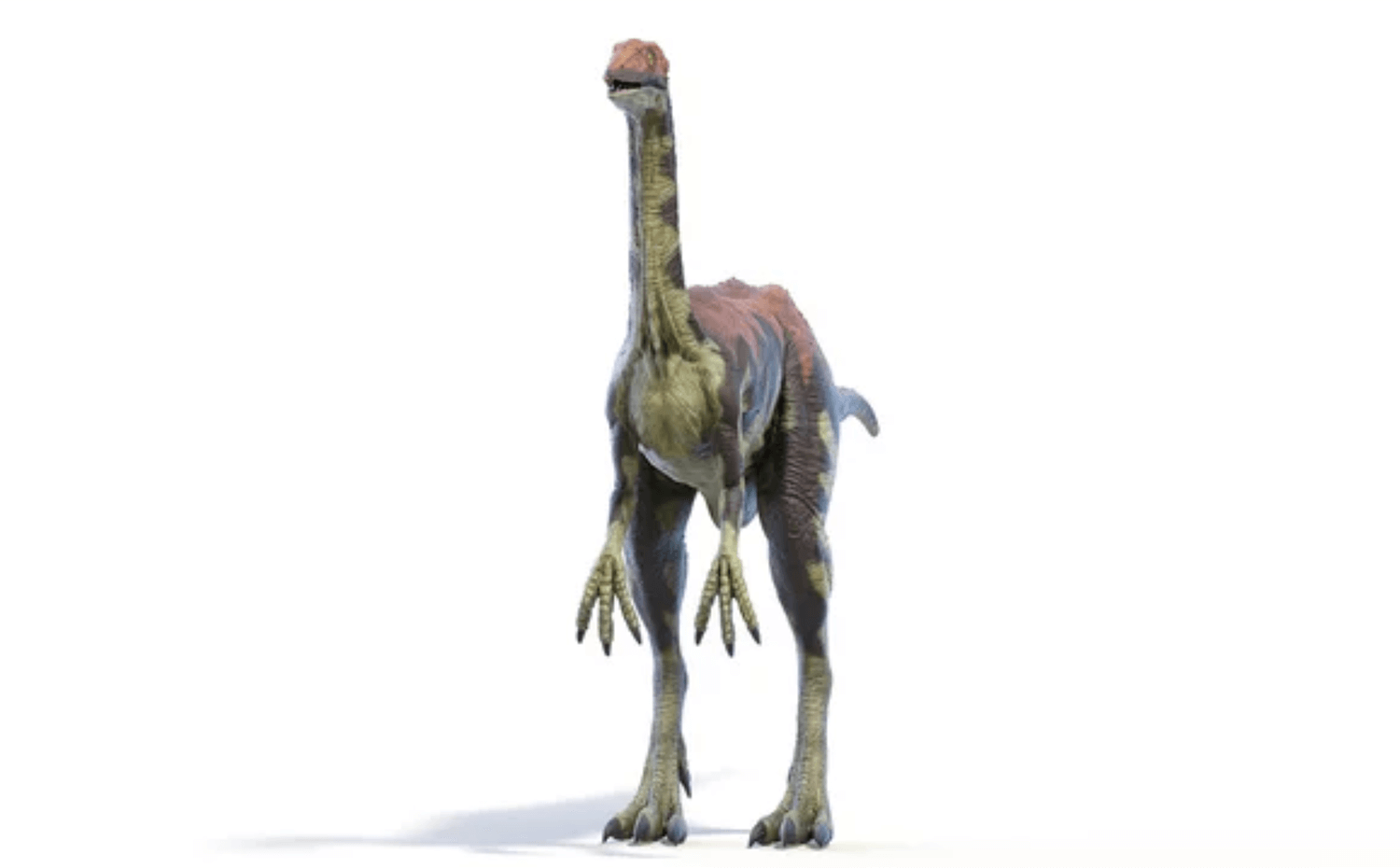


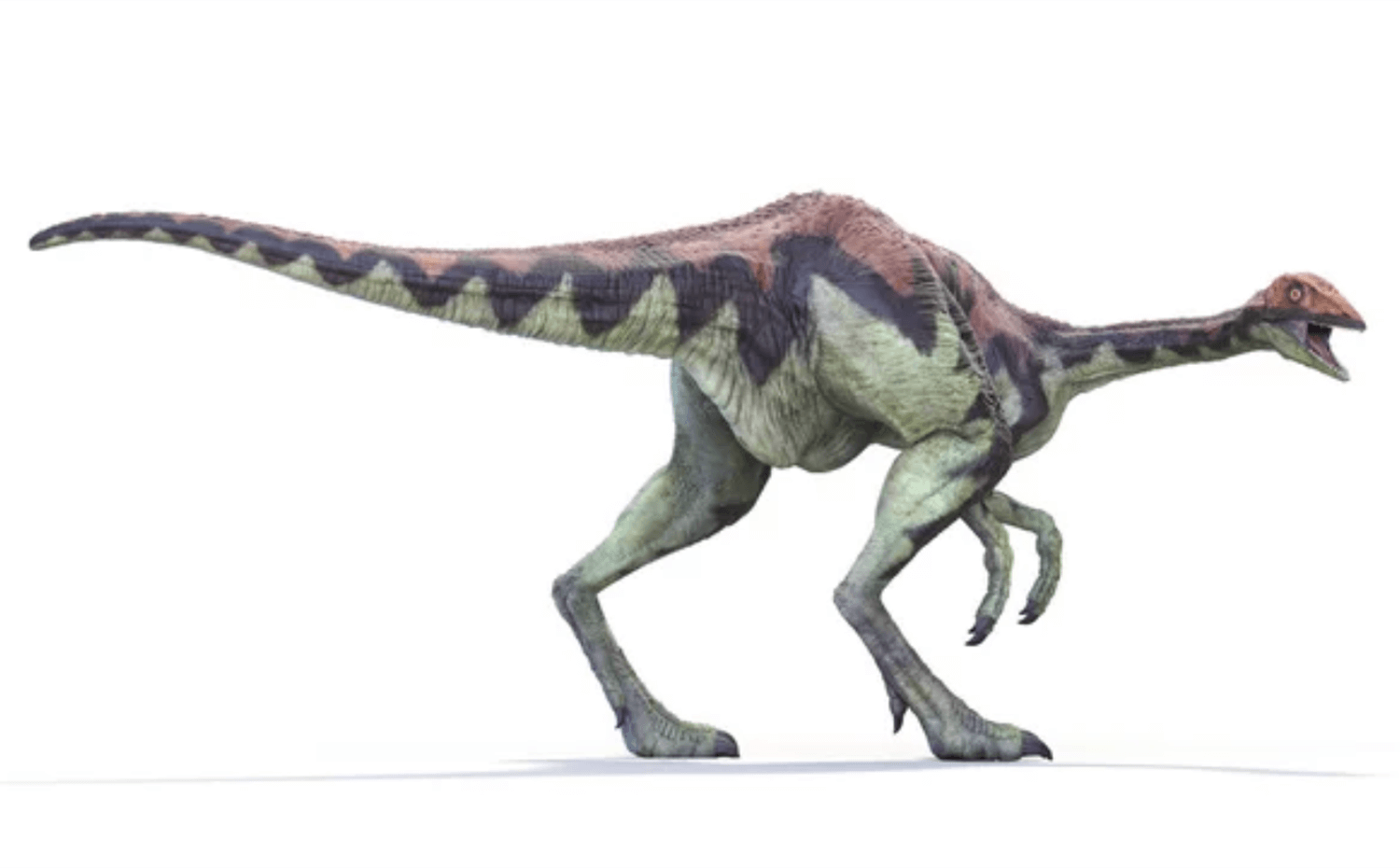

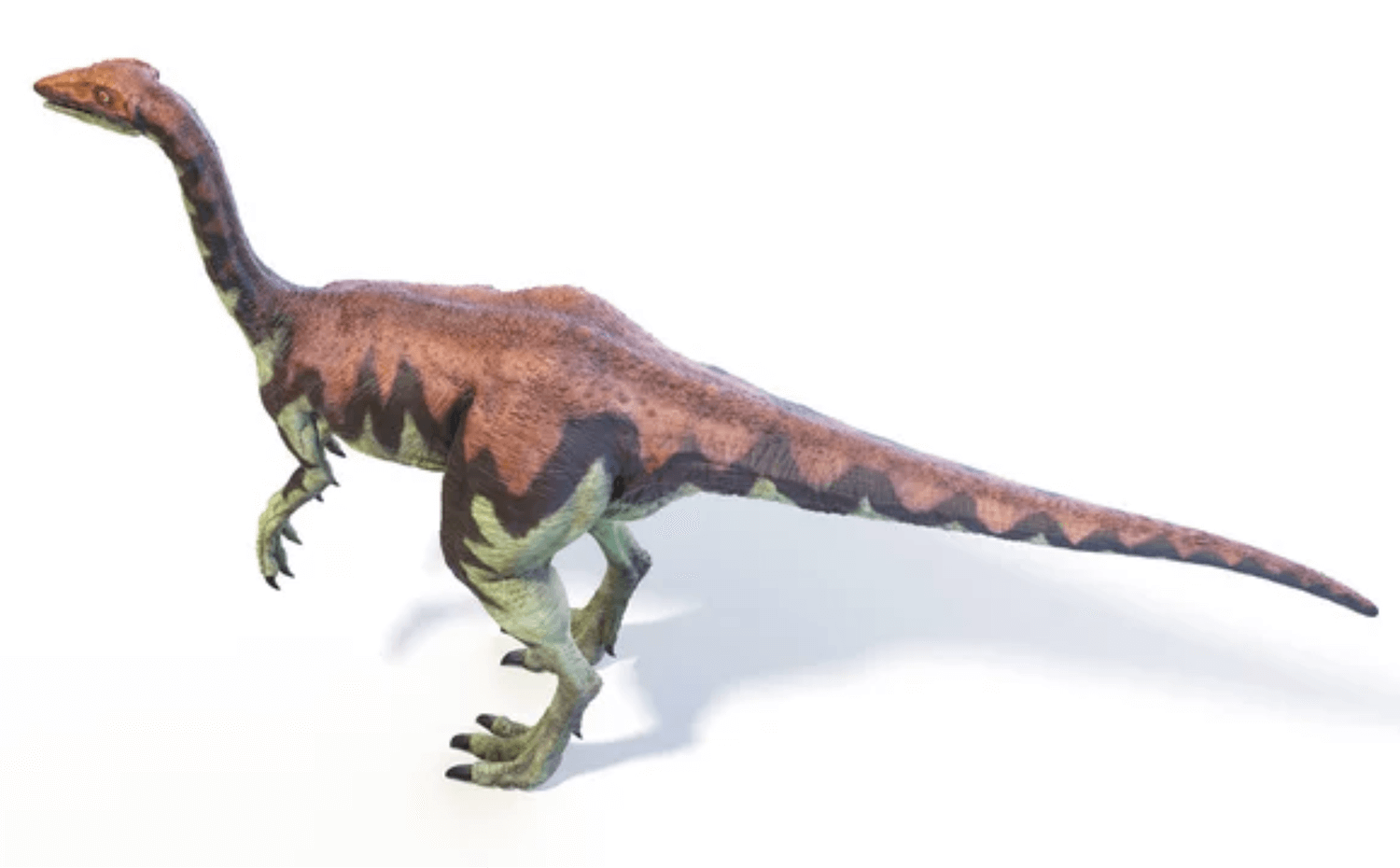
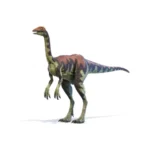
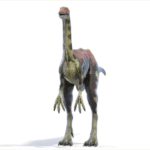

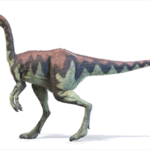
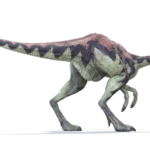
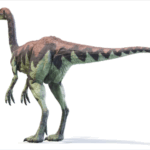
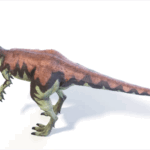
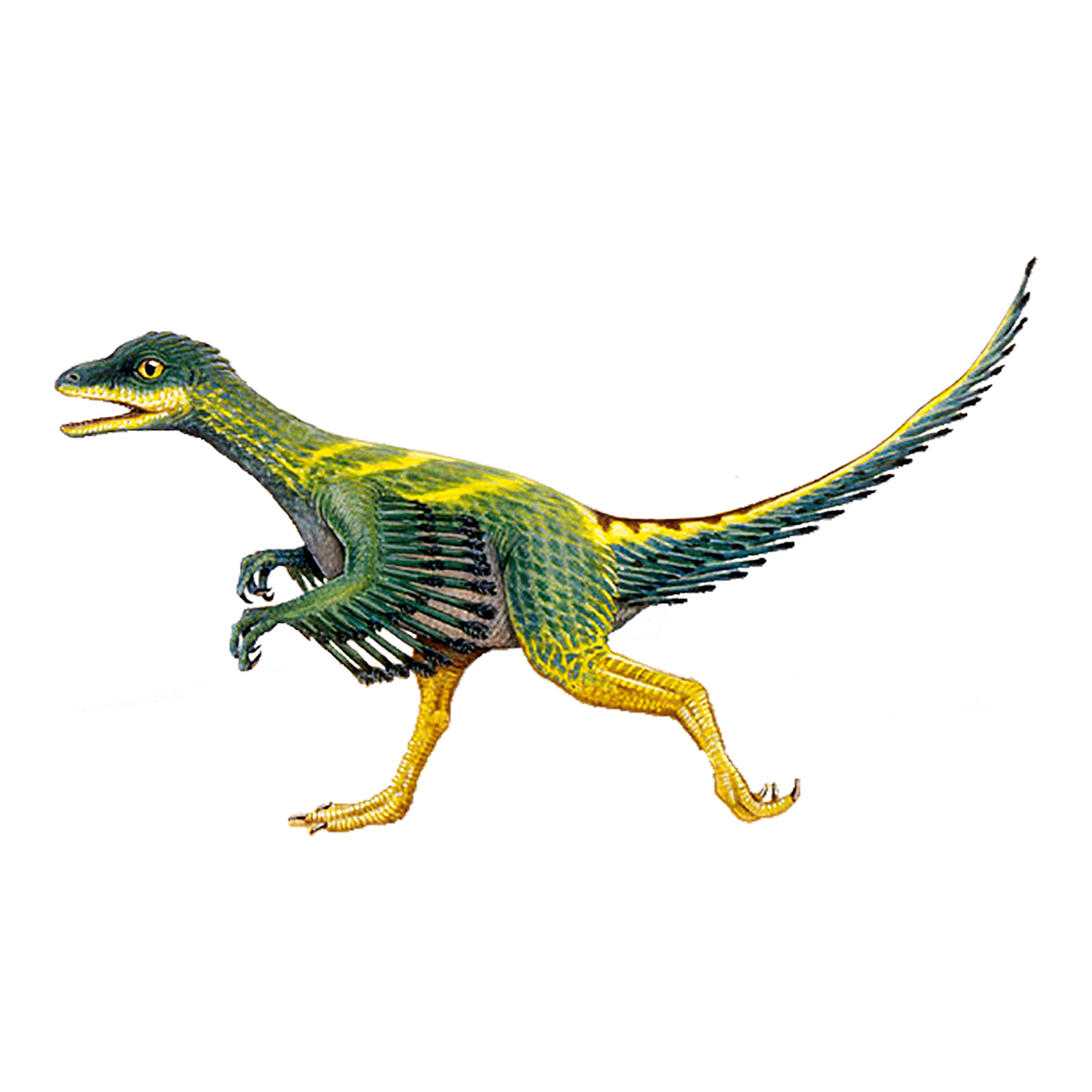
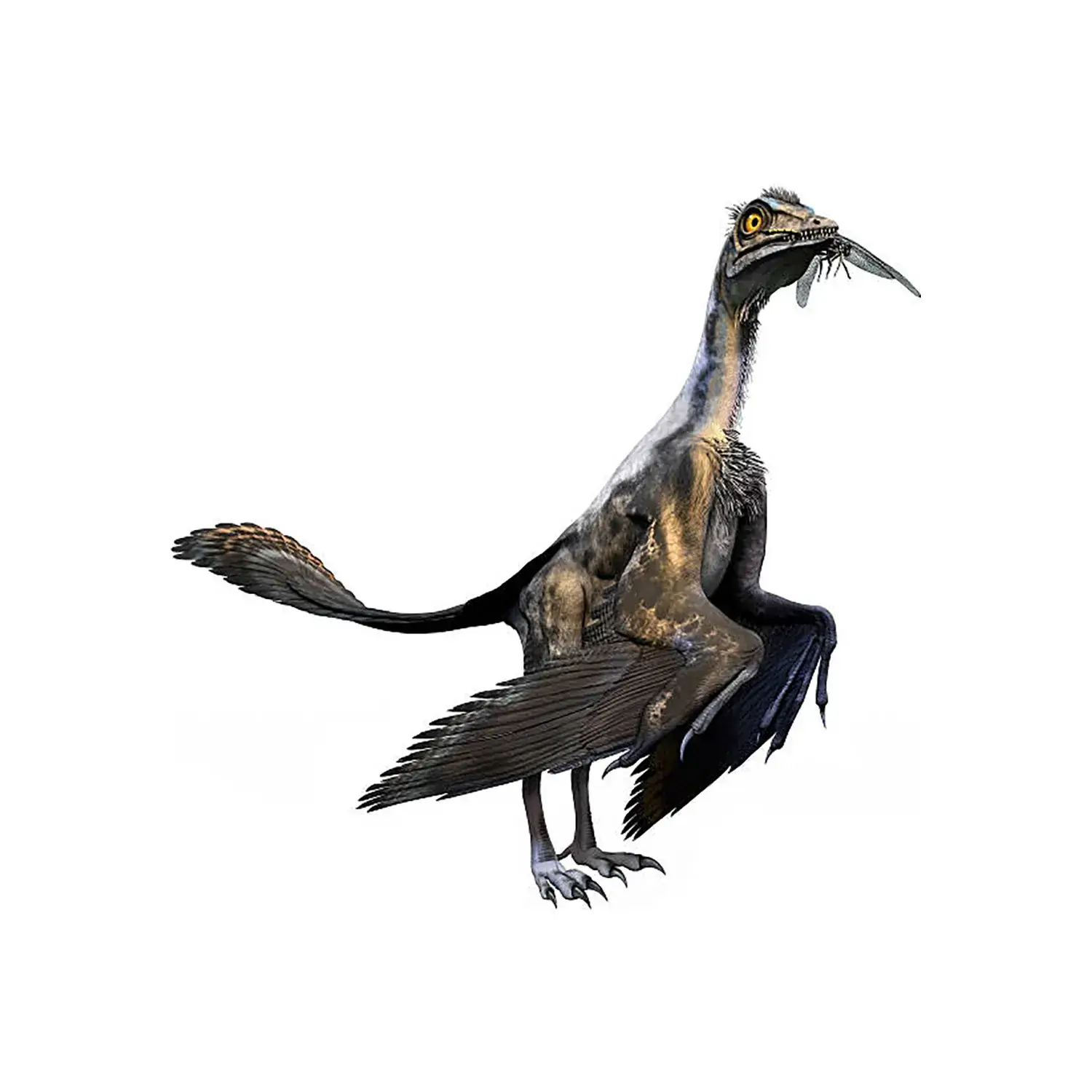
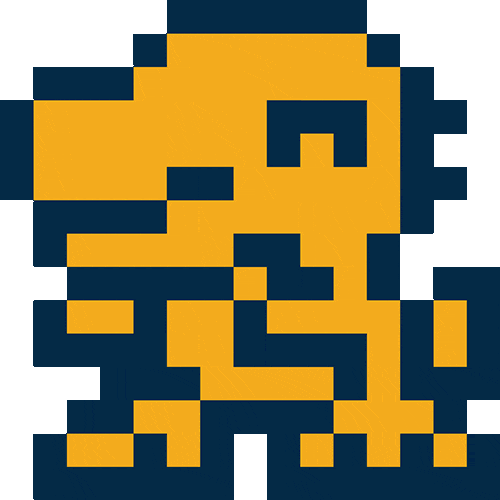
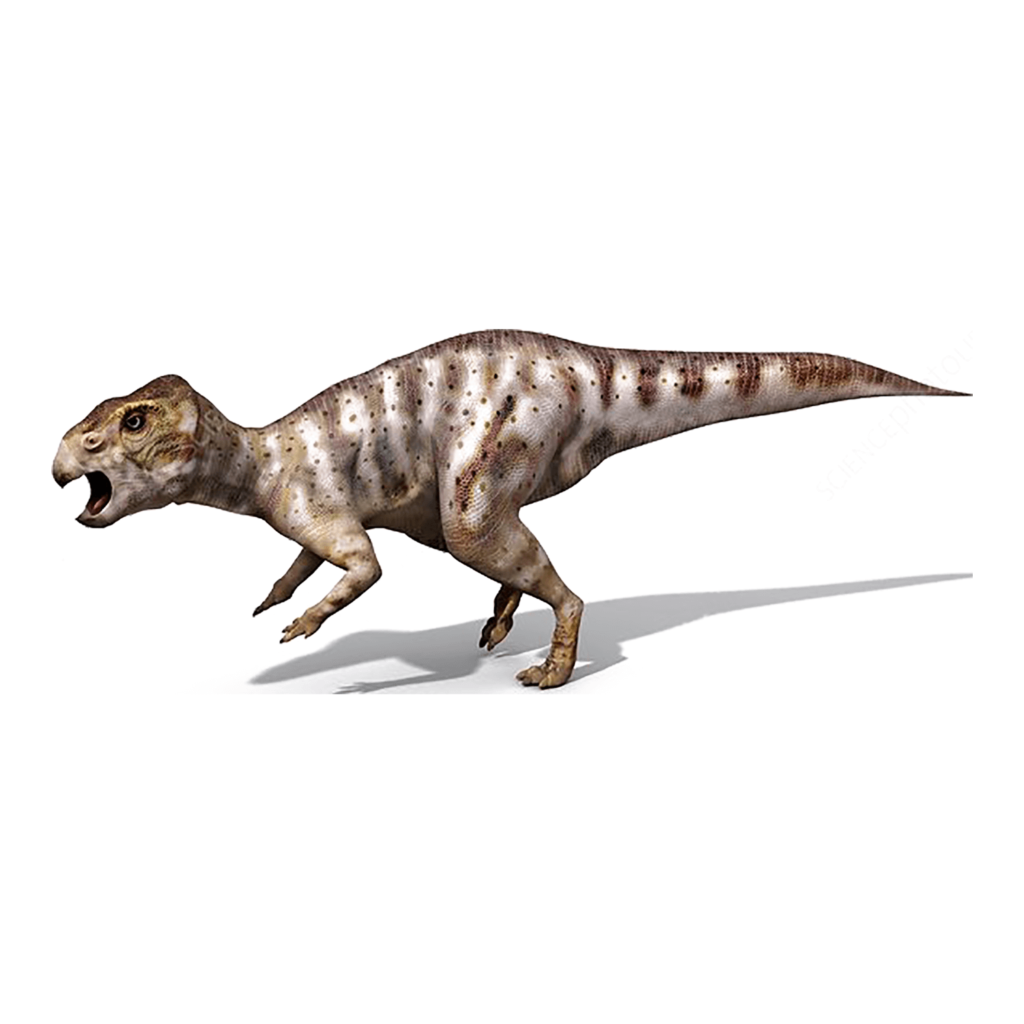
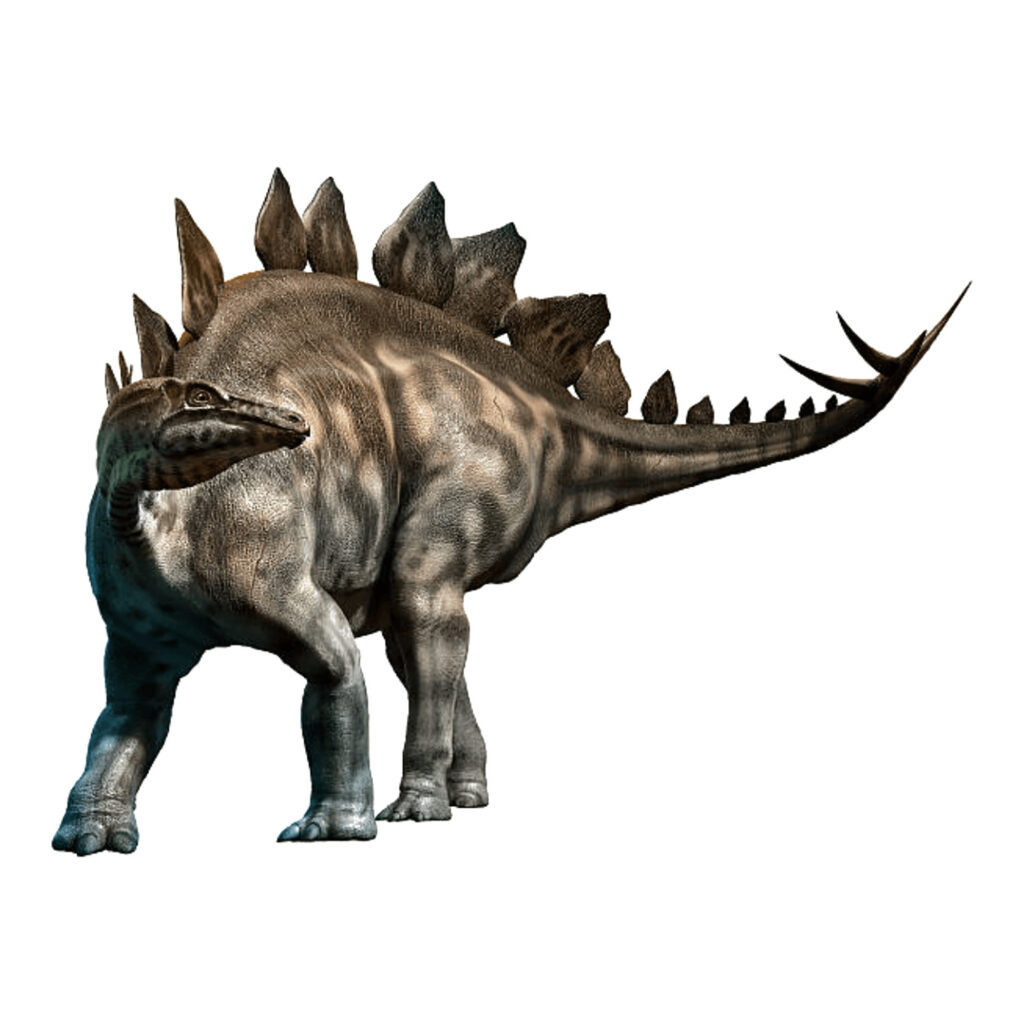
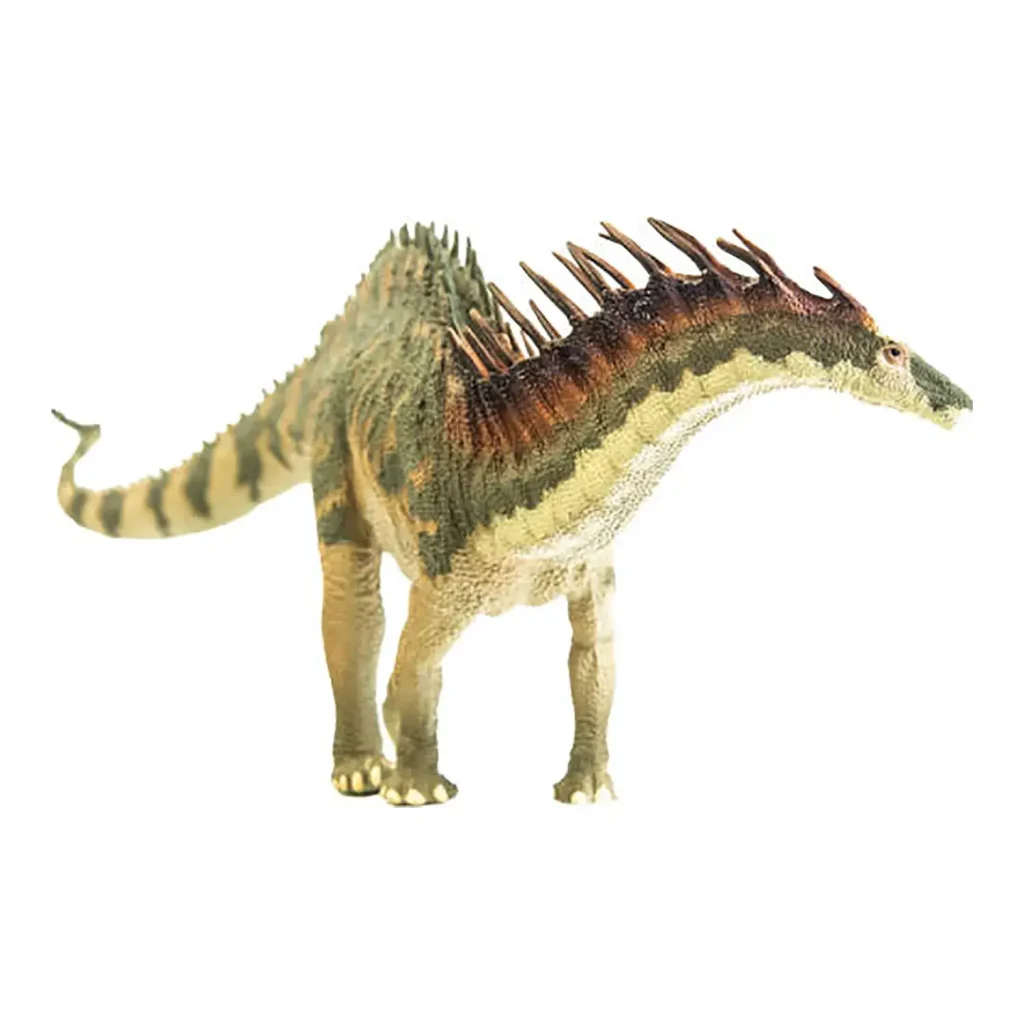
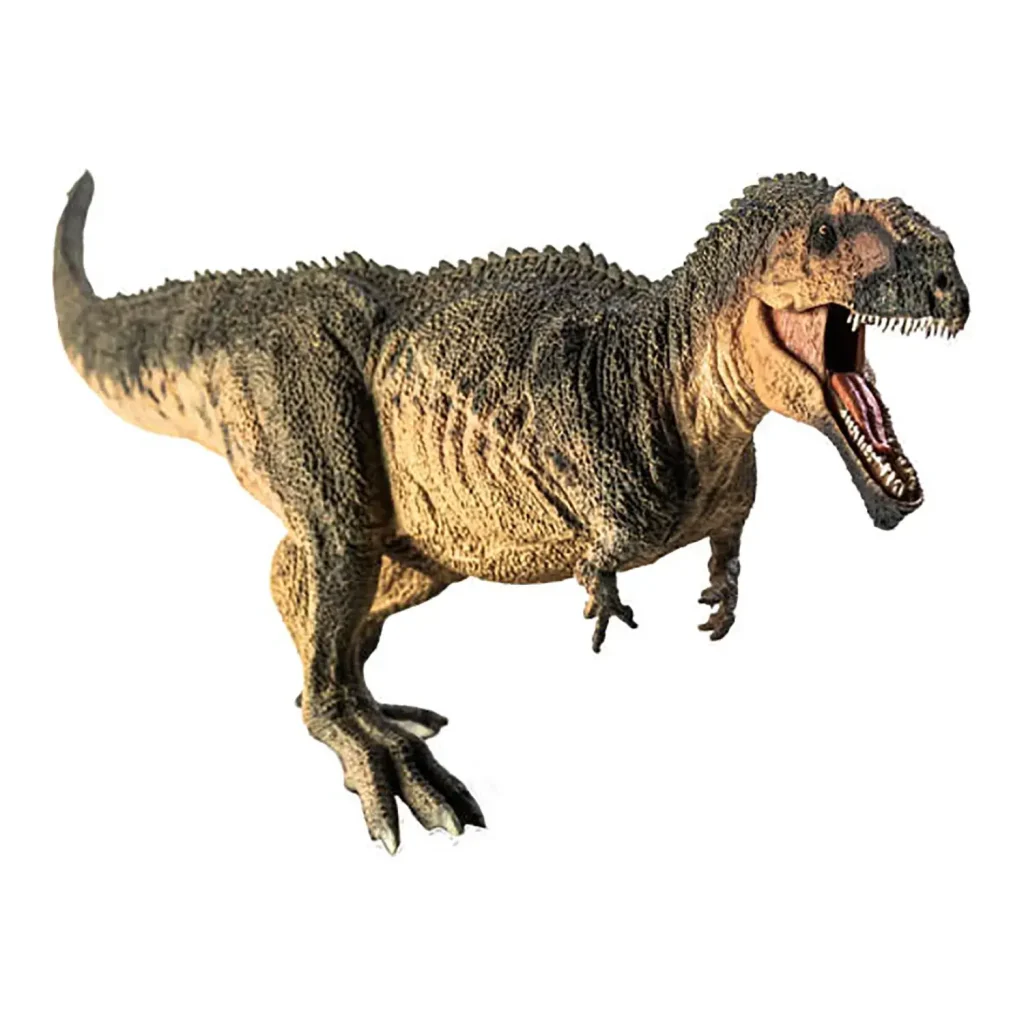
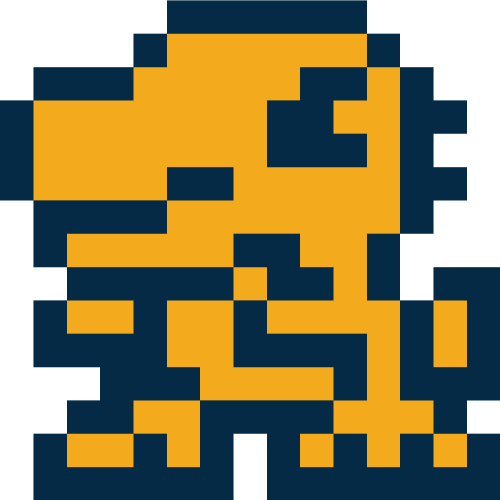
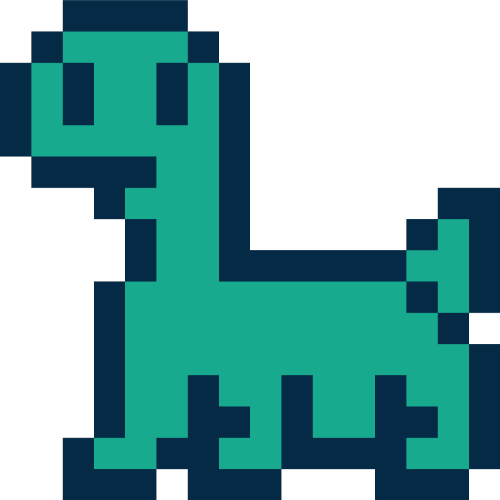
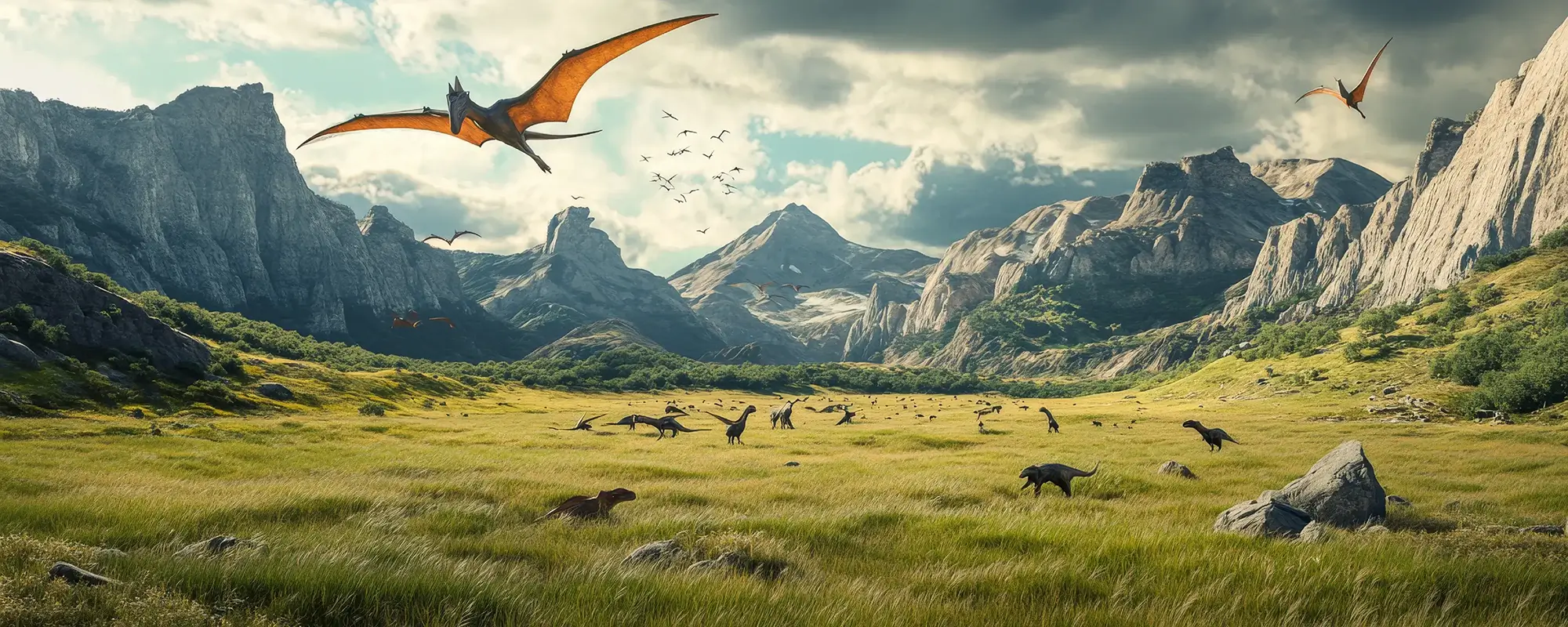



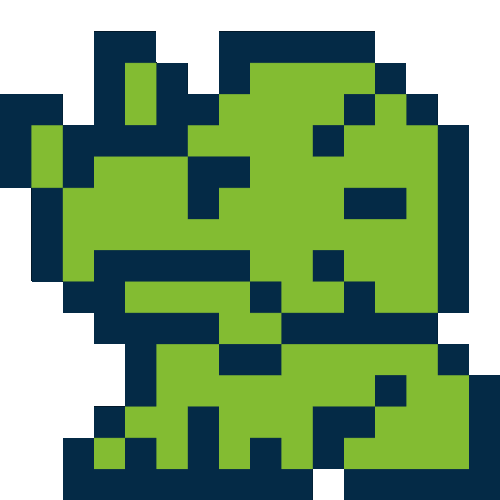
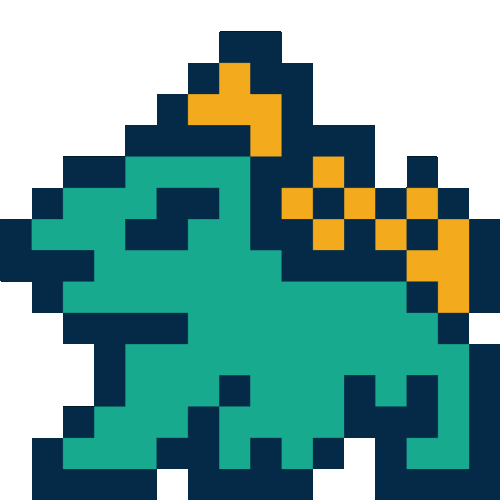
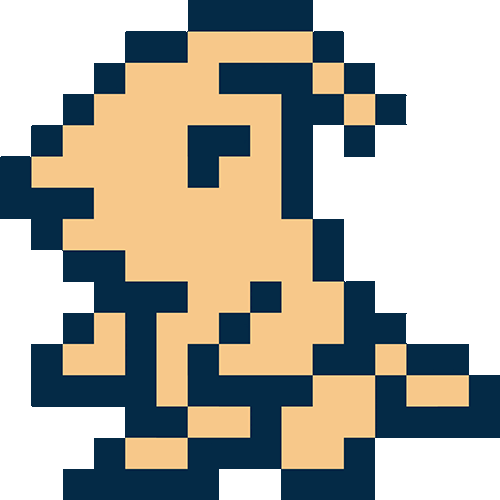

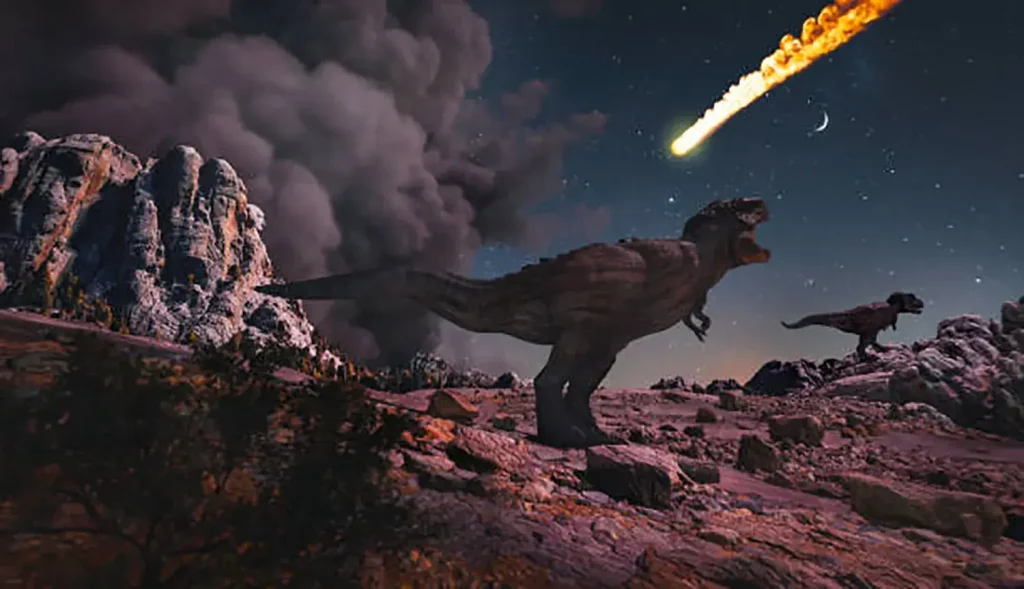
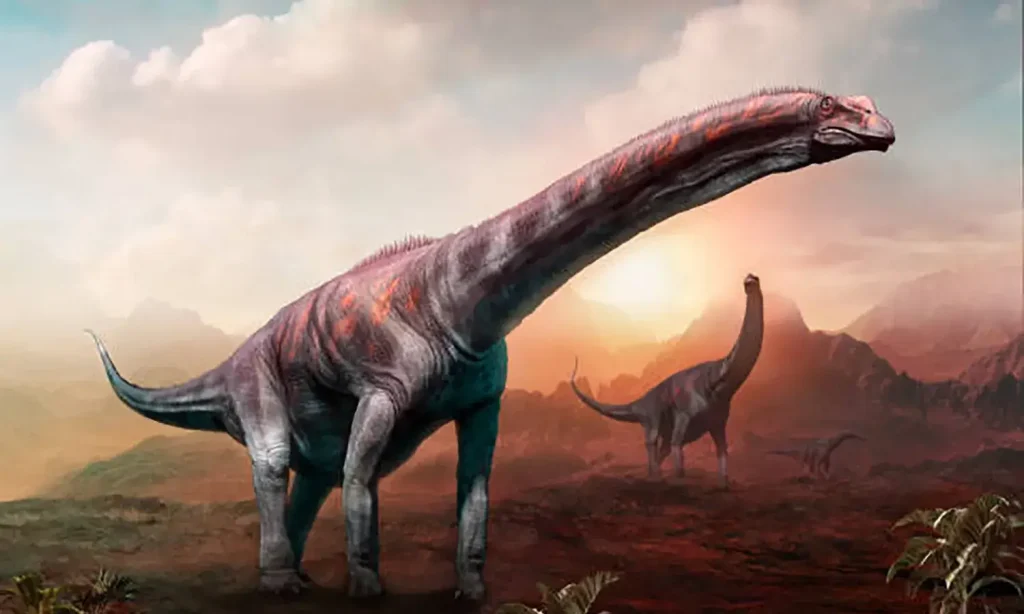
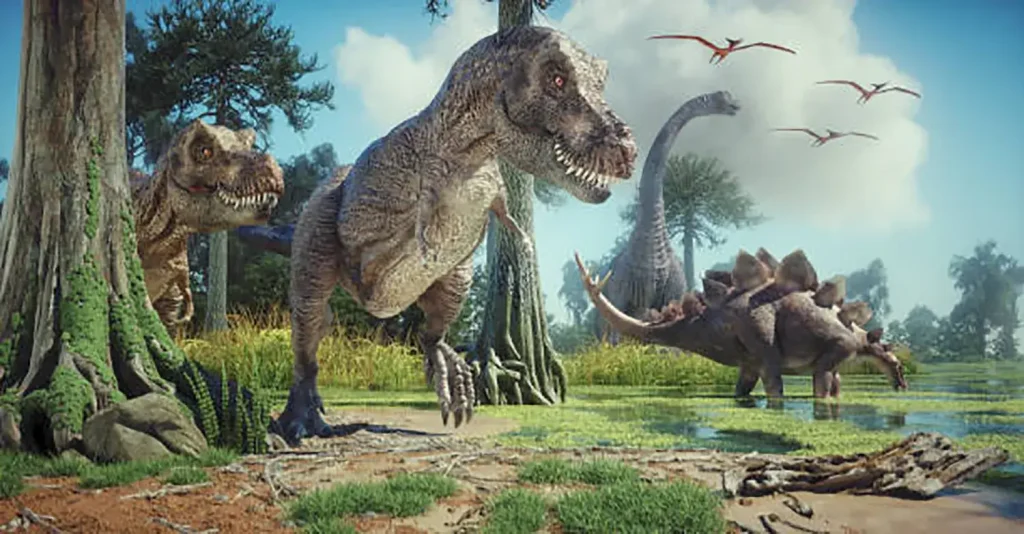
Description
Archaeornithomimus was a medium-sized dinosaur that lived in China (Inner Mongolia) during the Late Cretaceous period of the Mesozoic Era.
It is considered a relative of Ornithomimus, which is known as an “ostrich dinosaur,” and its name means “ancient bird mimic.”
Its length and build are very similar to Ornithomimus, estimated at approximately 3m long and weighing about 50kg.
Physical Characteristics and Ecology
Archaeornithomimus had an ostrich-like slender body and slim, powerful legs.
It had an ostrich-like slender body and slim, powerful legs.
Because its skeleton was lightweight, it is believed to have been able to run quickly across the ground, just as its agile appearance would suggest.
Its head was relatively small, with large eyes, and its mouth was a toothless, beak-like structure.
Regarding its diet, it is presumed to have been an omnivore that didn’t specialize in one type of food, likely eating plants, insects, and small animals like lizards.
Classification Confusion and “Nomen Dubium”
The classification of Archaeornithomimus has been filled with much mystery and confusion, from its initial discovery to the present day.
Origin of the Name and Primitive Features
As its name suggests, it was initially considered an ancestral relative of Ornithomimus.
However, its features show some slightly primitive aspects.
For example, the first finger (digit I) of its forelimb was short, which was a trait different from other members of the Ornithomimus group.
Not the “Oldest”?
Although its name includes “ancient,” the existence of Pelecanimimus (which lived much earlier) means it cannot be definitively stated that Archaeornithomimus was the direct ancestor of the ornithomimids.
Current Status as a “Nomen Dubium” (Doubtful Name)
The biggest problem with Archaeornithomimus is that the fossils discovered are extremely fragmentary.
Only a few fossils, such as foot bones and parts of the spine, have been found.
Because of this, it lacks the unique, distinguishing features necessary to clearly separate it from other ornithomimid dinosaurs, and many paleontologists doubt whether this genus is a valid taxonomic group.
Such a name is called a nomen dubium (doubtful name), and it has not been concluded whether the name Archaeornithomimus truly represents a valid, distinct species.
Latest Classification Theory (Deinocheirid Theory)
This classification mystery deepens even further.
Read More According to recent research, it is speculated that Archaeornithomimus was not an ornithomimid, but rather a relative of Deinocheirus.
If this theory is correct, it might be more accurate to call it “Archaeodeinocheirus.”
Habitat
The Iren Dabasu Formation, where the Archaeornithomimus fossil was found, was a lush floodplain dotted with rivers and lakes at the time.
This environment was home to a wide variety of dinosaurs, such as the giant ornithomimosaur Gigantoraptor, hadrosaurids, and tyrannosaurids, and it is believed Archaeornithomimus coexisted with them.
Archaeornithomimus is a dinosaur full of mysteries.
The discovery of more complete fossils in the future is awaited to clarify its true appearance and classification.